Companion plants for hostas usually grow between 6 and 24 inches tall and can help in different ways. Some provide shade with their leaves, while others attract helpful insects or keep away pests, making the area better for hostas. They thrive in similar shaded settings and, with correct care and planting, can create an excellent environment for hostas in just one growing season.
We’ve compiled a list of 12 of the best companion plants to grow with hostas in your garden to help them thrive and stay healthy. These include common selections like ferns and astilbes, as well as floral options like bleeding hearts and coral bells.
Astilbes
Astilbes are perfect for gardens with partial sun or shade since they grow well in damp, well-drained soil. Their fluffy plumes gradually fill in garden beds as they grow at a slow to moderate pace. It is ideal to plant in the spring or early fall so that the roots have time to establish themselves before the harsh summer or winter weather. Seasonal interest is added by a number of well-known species, such as “Fanal,” which has deep crimson flowers, and “Bridal Veil,” which has white blooms.
Ferns
Usually planted in the spring or fall, ferns thrive from comfortable temperatures and enough precipitation to form roots. To flourish, these plants need rich, well-drained soil that contains a lot of organic matter. Remarkably, ferns develop at different rates. Certain species mature in a few seasons, whereas others take longer to reach their maximum size. Popular variations include the more compact button fern, valued for its small, rounded leaves, and the luxuriant, arching fronds of the Boston fern.
Heucheras
Coral bells, or heucheras, are distinguished by their beautiful colors that vary throughout the year from deep crimson to green. It is recommended to plant these perennials in the spring or fall to give the roots time to establish. These plants prefer a mixture of organic matter for best growth and do best in well-drained soil. ‘Palace Purple’ is a well-known variety that stands out for its consistent performance and dark purple foliage.
Bleeding Hearts
Bleeding Hearts prefer a somewhat shaded spot and grow best in well-drained, organic-rich soil. Planting them in early spring allows them to swiftly take root and bloom from late spring to early summer. They can grow to their full height of two to three feet in a single growing season since they are relatively fast-growing. Midsummer is when the plant’s foliage usually dies, giving gardeners the opportunity to fill in the space with companion flowers.
Brunneras
Brunneras prefer medium to full shade and grow best in soil that drains well and retains moisture. When the weather is cooler, early spring or fall are the best times to grow Brunnera. Well-known cultivars like as ‘Jack Frost’ have silvery leaves with green veins, and ‘Looking Glass’ has a more noticeable silver sheen, both having unique foliar features.
Japanese Forest Grass
Japanese forest grass, which is well-known for its elegant arching habit, grows best in rich, well-drained soil and can tolerate partial to full shade. In order to assist this beautiful grass develop before the summer heat, it is planted in the spring when the soil starts to warm. Many cultivators have distinctive traits. Hakonechloa macra ‘Aureola,’ for example, has chartreuse leaves with thin green stripes that become gold in the fall, giving gardens some seasonal interest.
Tiarella
Foamflower, or Tiarella, thrives in well-drained, humus-rich soil, best in places that receive partial to full shade. To guarantee that it establishes before really cold temperatures, planting is best done in the early spring or fall. Gardeners are typically drawn to varieties like ‘Sugar and Spice’ because of their unique foliage patterns and delicate flower spikes. These plants usually show strong resilience to disease, which reduces the amount of ongoing maintenance required.
Solomon’s Seal
When planted in early spring, Solomon’s Seal thrives in rich, well-drained soil. This plant is a dependable option for gardeners because of its low maintenance needs and reputation for disease resistance. Its leaves changes from green to golden tones throughout the seasons, giving the garden a subdued color change.
Hellebores
In order to give their roots time to establish before winter, hellebores are usually planted in the early fall. They are a dependable option for gardeners due to their strong disease resistance and reputation for resiliency. They grow best on soil that is rich in organic materials, well-drained, and fertile.
Ligularias
Ligularias flourish best in rich, well-drained soil and are typically planted in the spring or fall. With huge leaves that transition to bronze or purple in the fall, they display seasonal variations. Popular cultivars such as ‘The Rocket’ feature towering spikes of yellow flowers, while ‘Britt-Marie Crawford’ has bright blooms paired with dark leaves.
Lamium
Lamium, also referred to as dead nettle, is valued for its modest growth rate and low maintenance needs. It is perfect for shaded garden spaces because it grows best in well-drained soil and partial to full shade. Some of the more well-known cultivars are ‘White Nancy’ and ‘Orchid Frost,’ which are prized for their unique foliage and delicate bloom hues.
Epimediums
While they can tolerate a wide range of soil types, epimediums are best suited for well-drained, humus-rich soils. They are frequently planted in the spring or fall. These perennials are renowned for their disease tolerance and are a dependable option for ground cover because they rarely succumb to typical garden illnesses. Popular varieties like ‘Sulphureum’ and ‘Grandiflorum’ have yellow and purple flowers, respectively, and give visual appeal to areas that receive some shade.
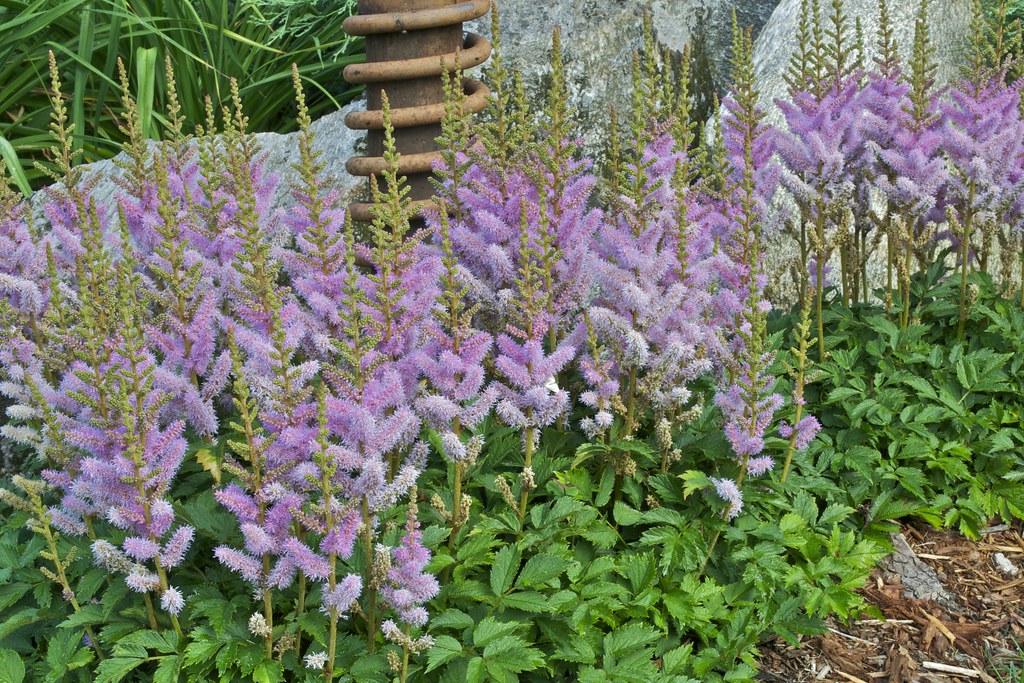
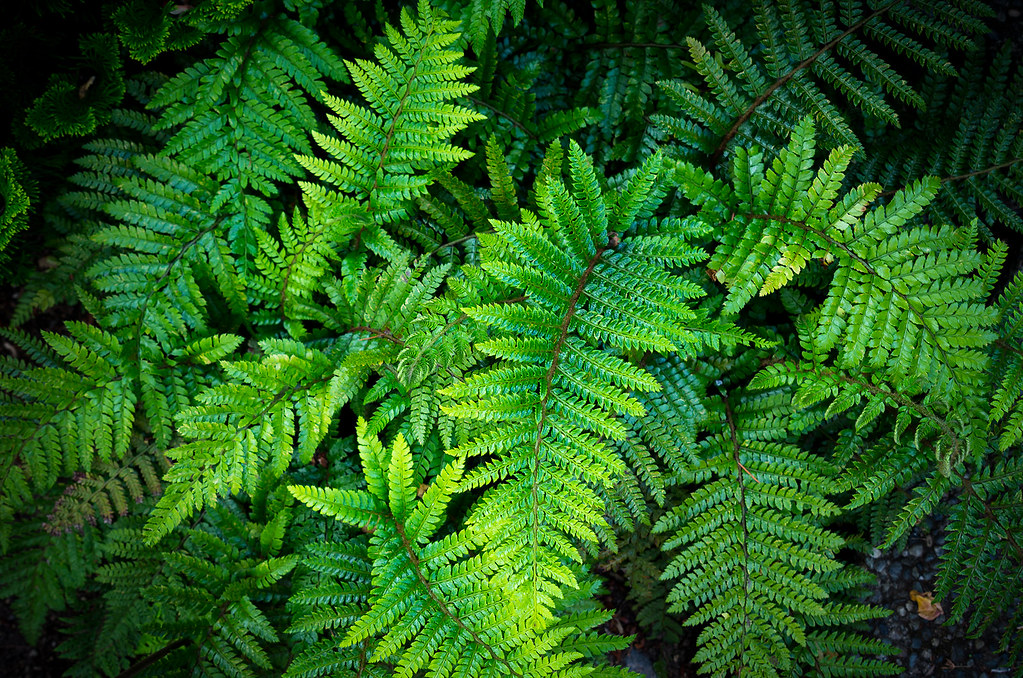
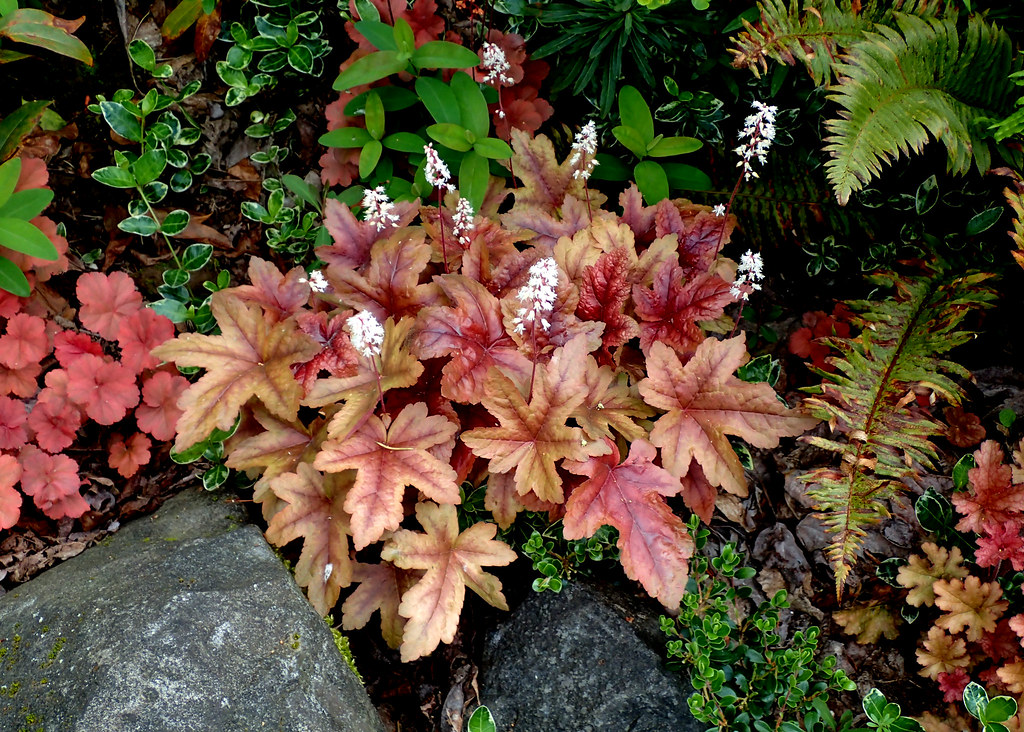
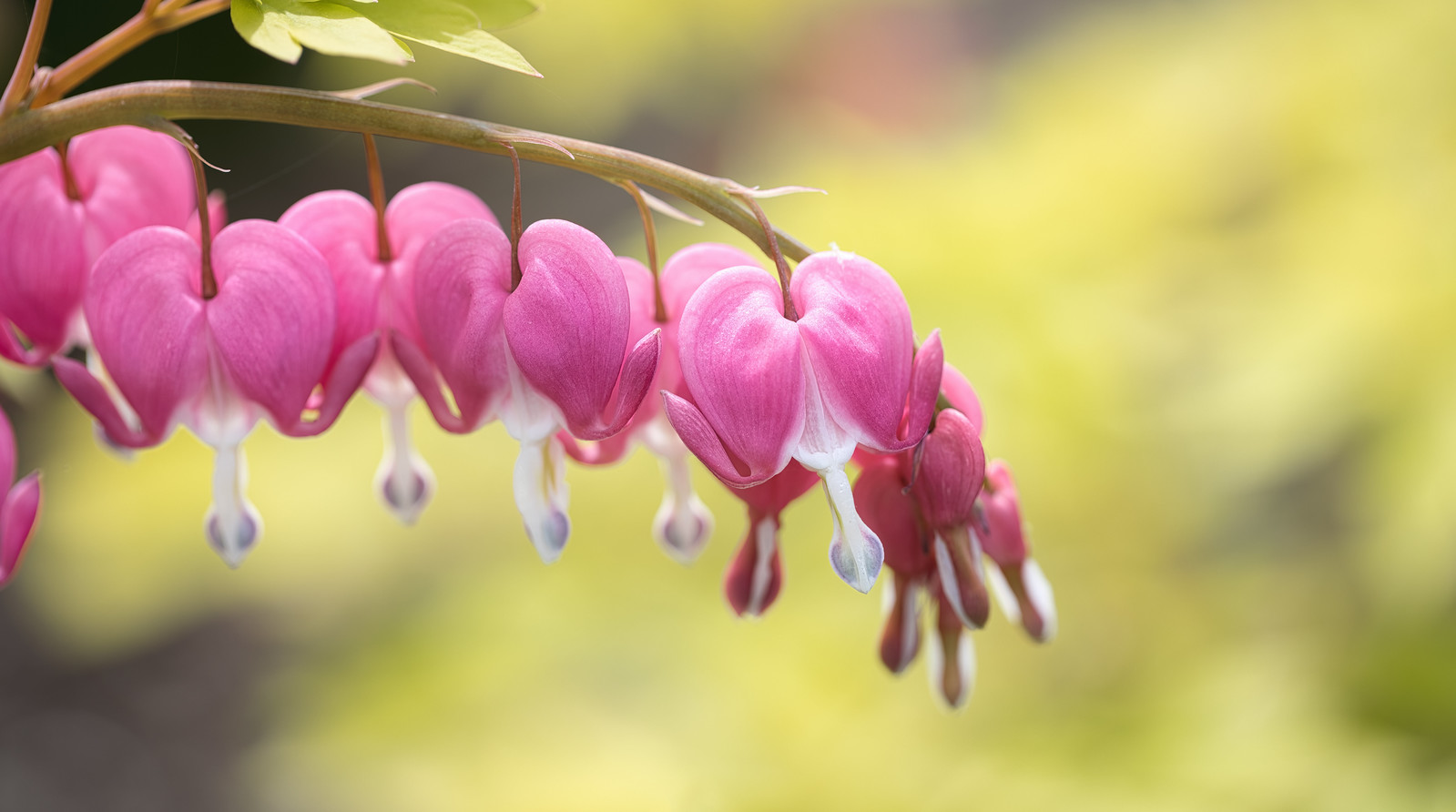
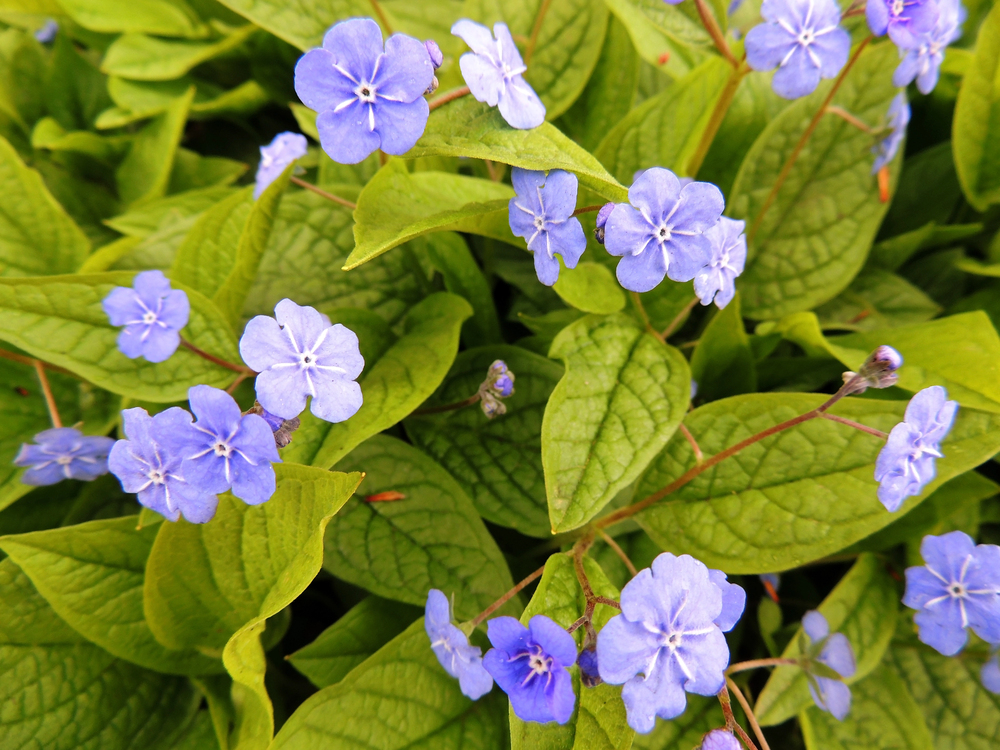
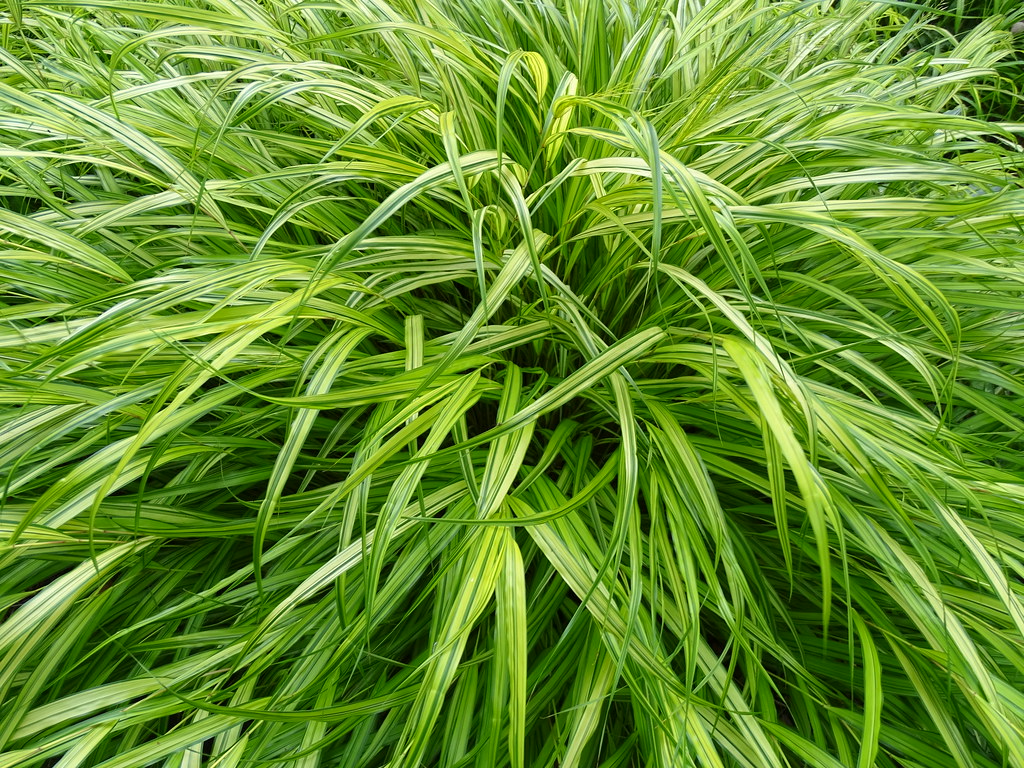
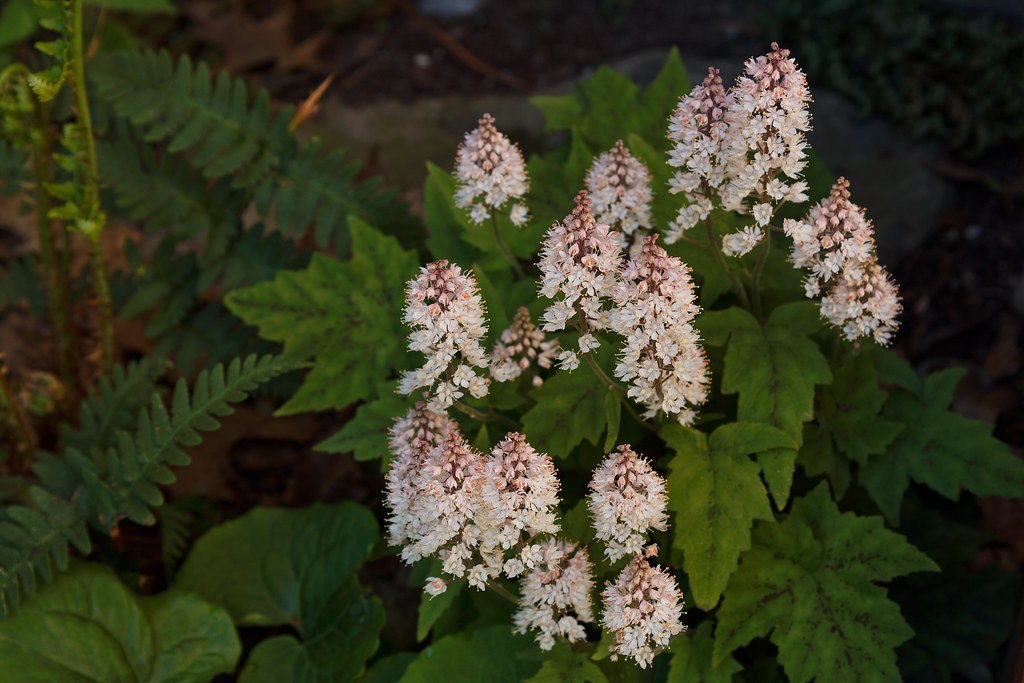

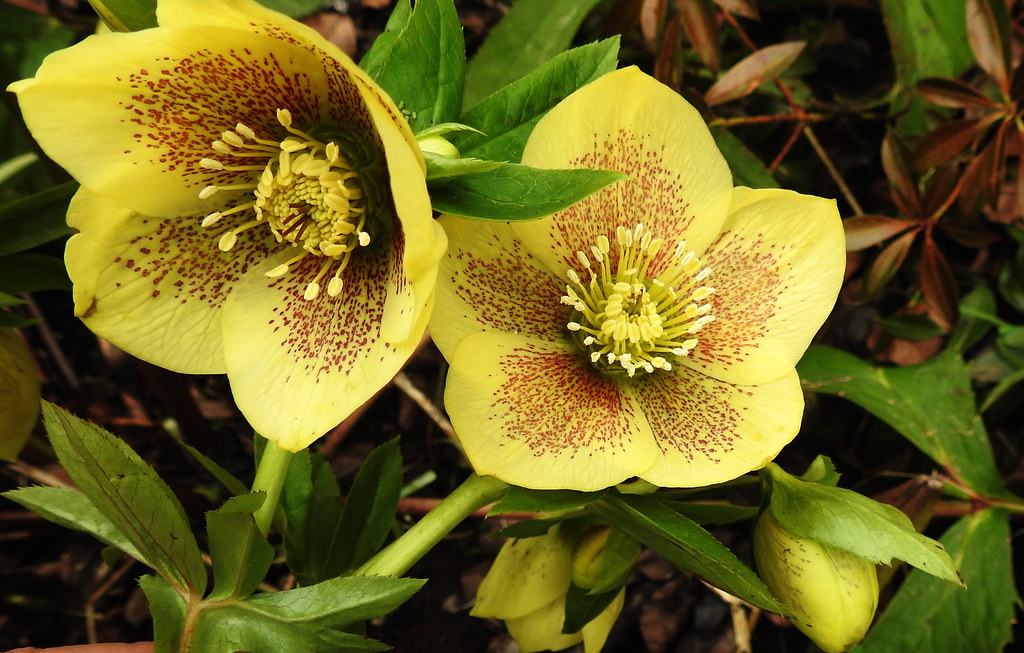
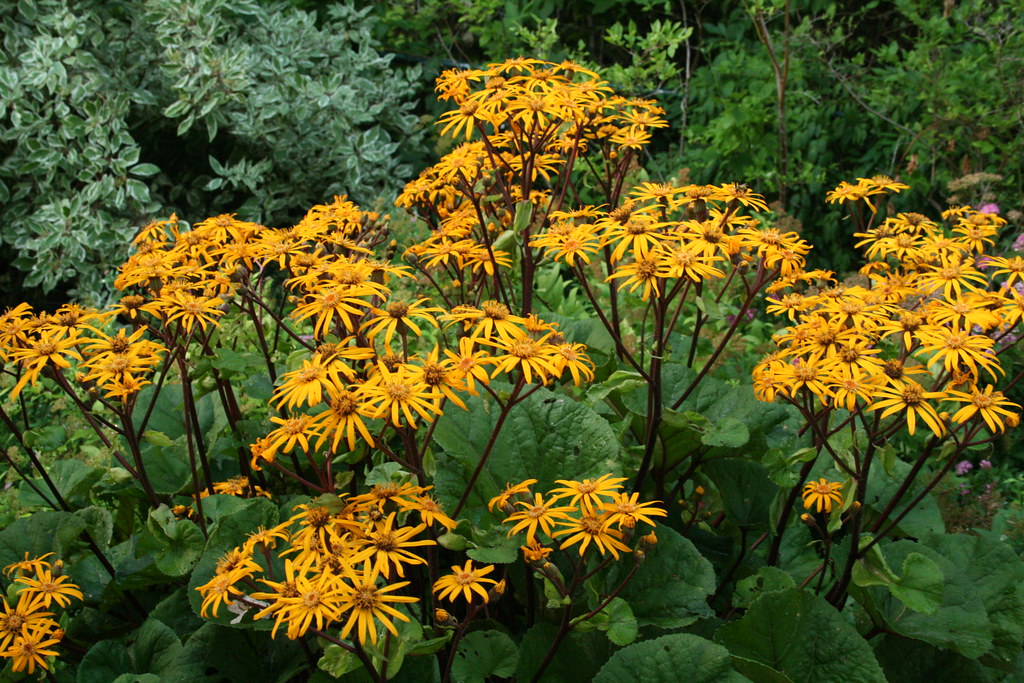
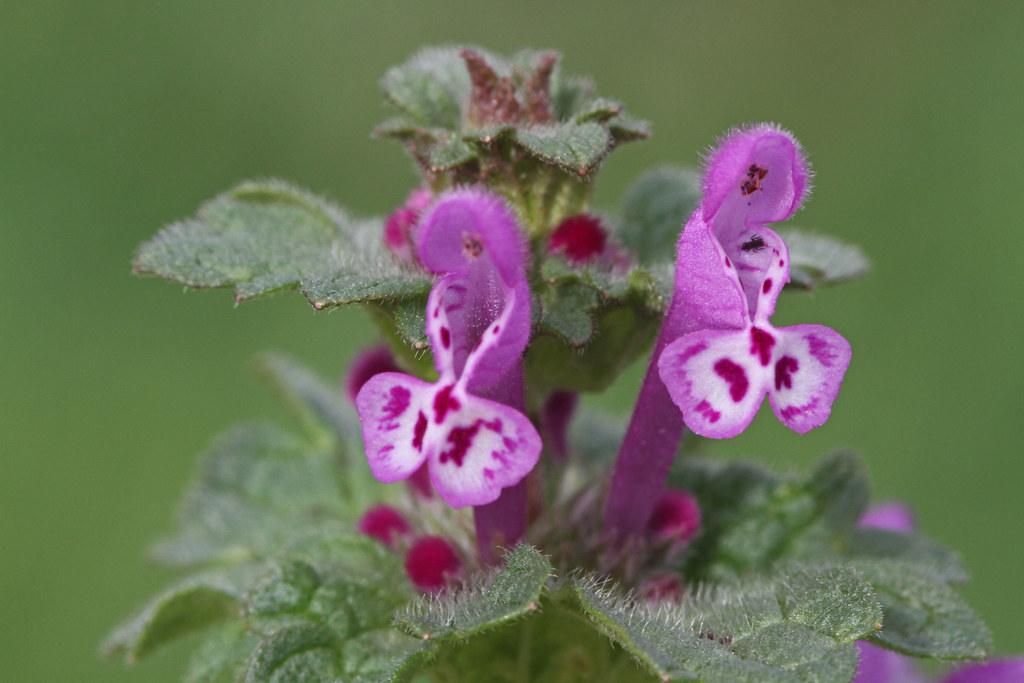
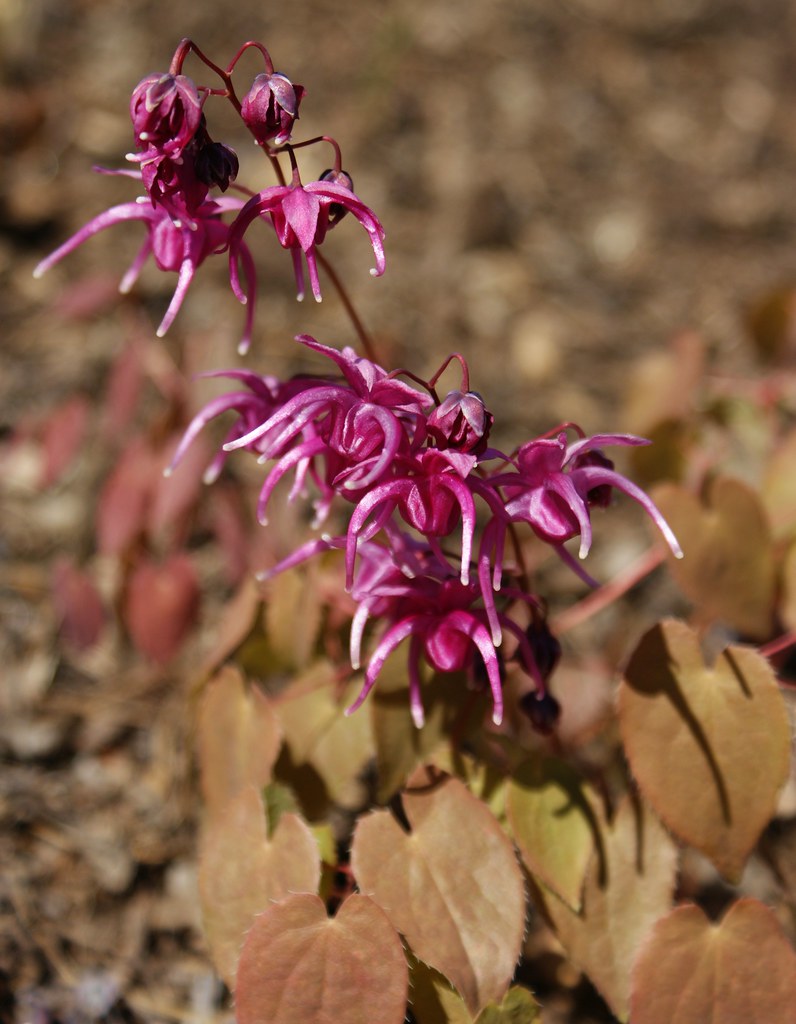


Found this very interesting and informative
Very helpful info. I have Hostas and this is just what I needed.